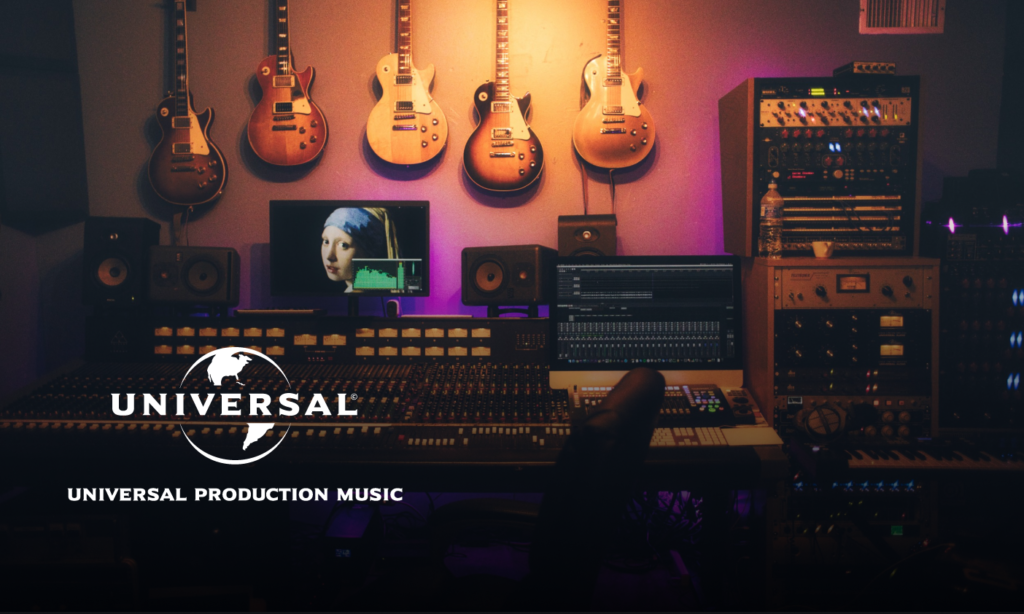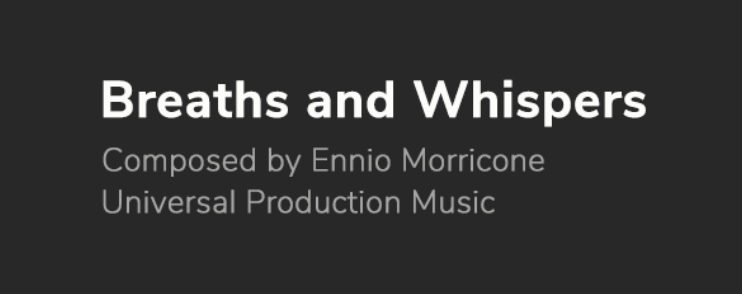Your expenses will most likely fall into the following three categories (Payment Requests, Travel, and Services). Here is a description of how reimbursement works for each. This applies to all funds provided by the school, as well as funds students may have raised through a Spark campaign.
Payment Requests
Most of your expenses will fall in this category. It includes food, production design, production supplies, and truck fuel. In order to be reimbursed, you must submit the following items. These will then be submitted to FSU Purchasing who will add the funds to your prepaid Visa. It may take 5-7 days for the funds to be added to your card.
Disbursement Advance
Each student may be given an advance of no more than $1000 at a time. In order to get this advance, you must submit a Disbursement Advance Request form. Then FSU Purchasing will add the money to your prepaid Visa. You will be responsible for turning in receipts showing how that money was spent (following the reimbursement instructions below). It may take 5-7 business days for the funds to be added to your card.
Reimbursement
- Reimbursement Voucher (RV): Download and complete a Reimbursement Voucher form in Excel, listing your receipts on page 1, and print as many copies of page 2 as you need to attach your receipts. See a sample of a completed form in the Sample RV tab.
- Original itemized receipts: All receipts must show the vendor’s name, date of purchase, and must be itemized (showing what was purchased). Receipts should be scotch taped (not stapled, glued, etc.) onto the Receipts page(s) in the order in which they appear on the RV form. Make sure receipts do not overlap since these receipt pages will need to be scanned. If you have a receipt that is longer than the page, you can cut the receipt (making sure you do not cut off any info) and tape them side by side on the receipt page. Do not tape over any info on the receipts, as the tape will make the text on the receipt disappear over time.
- Original Meal Sign-in sheets: If any of the receipts you are submitting include food (lunch, craft service, 2nd meal, etc.), you will need to submit the original meal sign-in sheets. Be sure to keep a scanned copy for your delivery. Make sure you have a signature from everyone who ate.
Some important guidelines/restrictions for reimbursement:
- Food: You will NOT be reimbursed from petty cash for any of the following: alcohol, cigarettes, medication, vitamins, gratuity or tip.
- Production Design: Keep in mind that all non-expendable items being reimbursed become the property of FSU and must be turned in at the end of the cycle. If there is any single item for which you are being reimbursed that is more than $50, then there is an additional inventory sheet that must be completed.
- Production Supplies: This can include rental equipment, office supplies, cleaning supplies, etc. Again, non-expendable items become the property of FSU (including coolers, coffee makers, etc.).
- Truck Fuel: This is only for fuel for state vehicles (the grip trucks, genie trucks and the genie). This does not include cast and crew fuel for their cars. Truck fuel expenses will not be deducted from your budgeted amount, so whoever pays for truck fuel can be reimbursed directly.
NOTE: You cannot be reimbursed from petty cash for any travel (e.g. actor airfare, gas, rental car, hotel, etc.) or services (e.g. paying a makeup artist, security guard, composer, etc.). Reimbursement for travel and services are described below.
Travel
If you are planning on using part of your budget to pay for actor travel (airfare, gas, rental car, hotel, etc.), then you must have the Film School Travel Rep book the travel using our FSU Travel Card (TCard).
- Flights: Find the exact flight you would like to book, including flight numbers and departure/return dates and times. You will also need the traveler’s name as it appears on their driver’s license and their birth date. Complete a TCard Agreement form. Then bring the form to our Travel Rep, who will pull up the website with you and book the flight using our TCard.
- Lodging:
- Hotels: You will usually get the best rate by calling a local hotel rather than booking it online. Call the hotel and make your reservation. Be sure to get the reservation number(s). Ask them to send you a Credit Card Authorization form. Complete a TCard Agreement form. Bring the Credit Card Authorization and the TCard Agreement to our Travel Rep, who will then provide the hotel with our TCard. Note that hotels in FL will be tax exempt if we book them for you since they’re being paid directly by the state of FL.
- Other: If you would like to book an Airbnb, VRBO, etc, then find the place you would like to book. Then submit a TCard Agreement form to the Travel Rep, who will then book it using our TCard.
- Rental Car: FSU has a contract with Avis/Budget Rental. If you would like to rent a car, the Travel Rep can look into the rates for the type of rental you’re looking for. Then submit a TCard Agreement form to the Travel Rep, who will then book it using our TCard.
- Actor fuel: If you plan to reimburse an actor for driving here, you will need to have them sign a Travel Agreement form at least 7 business days prior to travel beginning, which specifies how much you are agreeing to reimburse them. The FSU rate is $0.445 per mile. However, that is usually much higher than just paying them a flat rate for their gas expenses. So whatever you negotiate with them, it can not exceed $0.445/mi. If it is less than that, then they will also need to sign page 2 of that form stating they understand they are getting less than the state rate. You should have the actor complete this form regardless of whether you plan to have this expense come out of your budget. But if you do plan to have it come from your budget, then submit the Travel Agreement form to the Travel Rep at least 7 business days prior to travel beginning. Then after their travel is complete, FSU Travel will mail them a reimbursement check, usually within 14 days.
NOTE: DO NOT pay for any actor travel out of pocket or with your prepaid Visa because there is no way for you to be reimbursed for this.
Services
If you are planning on paying someone for their services (composer, actor, makeup artist, stunt crew, intimacy coordinator, graphic designer, etc.) you will need to do the following:
- For a composer, have them complete a Composer Contract. For any other services, have them sign a Work-for-Hire Contract. Make sure this is completed before any work is done. You will need to do this regardless of whether their payment is coming out of your budget or not. If the payment is coming out of your budget, submit this form at least 10 business days prior to work beginning.
- After they have completed their services, they must submit an invoice to you. If the invoice looks accurate, then submit that to us. Then FSU Purchasing will mail a check to the vendor within 40 days of submission of their invoice.
NOTE: DO NOT pay for any services out of pocket or with your prepaid Visa because there is no way for you to be reimbursed for this. If the contract is not completed at least 10 business days prior to work beginning, you will not be able to use your budget to pay for this service.




